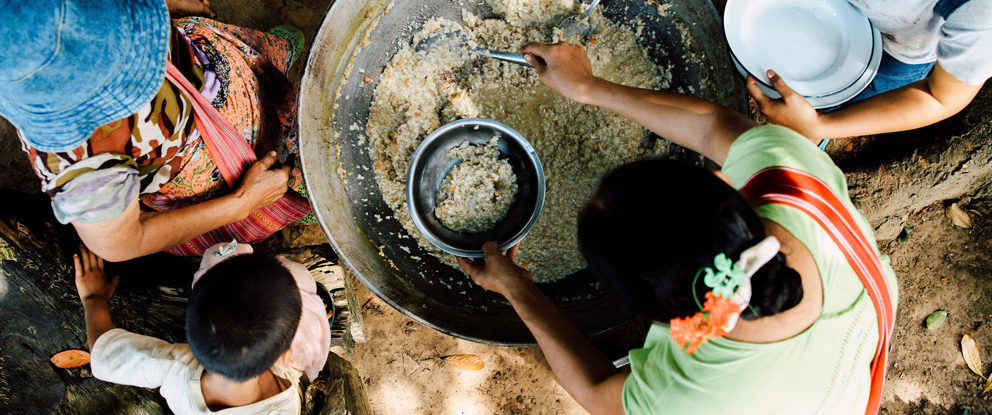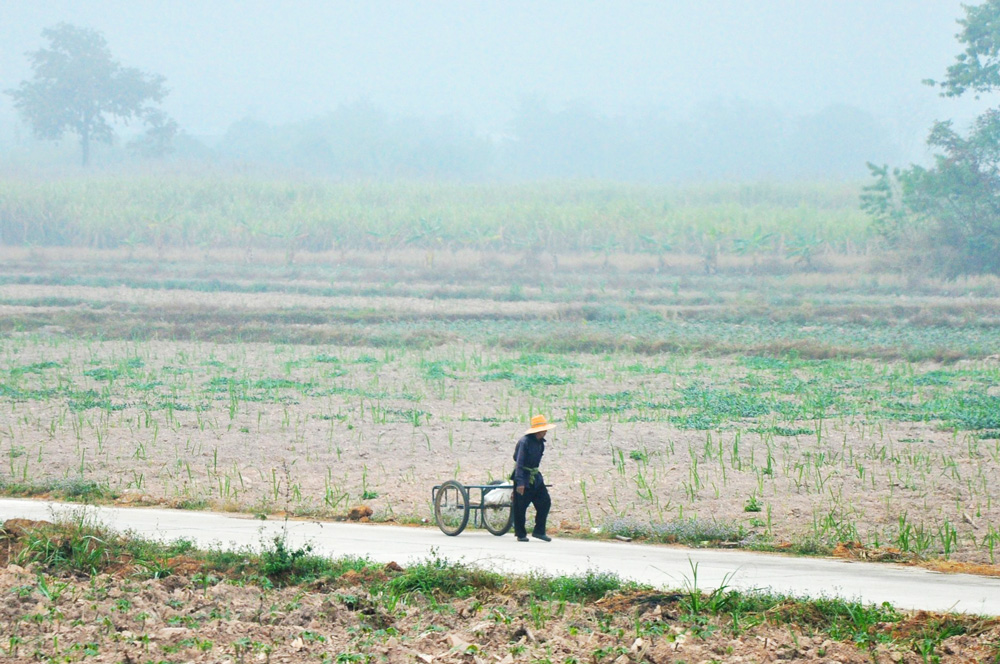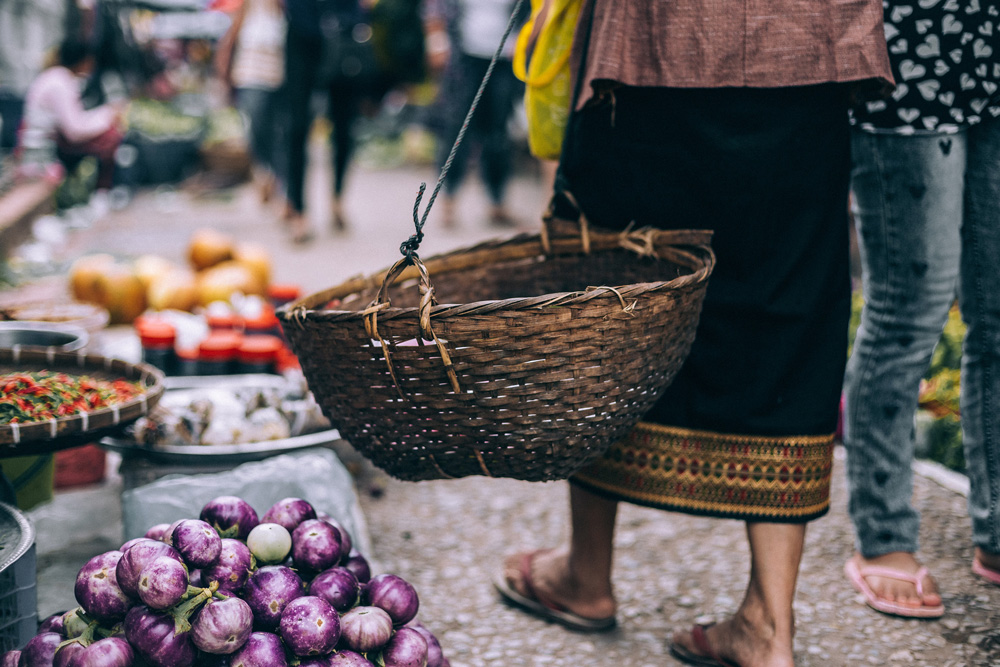While doing my Ph.D. in the 1990s one of my personal concerns was typical of a young Canadian environmentalist exposed almost daily to unsustainable logging of pristine old growth rainforests. Corporations seemed to care little about impacts of their practices on wildlife, biodiversity, fisheries or watersheds amid poor government oversight, inadequate regulations and bad laws.
There were some small victories. A few politicians and innovative companies began to engage indigenous communities; support national or provincial parks as protected areas, do selective harvesting, and promote some value-added wood processing to save local jobs instead of exporting raw logs outside Canada.
I believe such modest successes came partly from education and public awareness campaigns to influence the policy agenda, union leaders, loggers and corporate behaviour.
But as a city boy I did not know much then about agriculture or food systems, or gave much thought about related environmental concerns. Even though I did environmental education workshops and courses as a graduate student at the Faculty of Education, in the University of British Columbia, none of my education professors taught about agricultural issues.
Education makes a difference!
Things began to gradually change for me when, as part of a Canadian NGO delegation in 1992, I attended the first UN Conference on Environment and Development (UNCED) or “Earth Summit” in Rio, Brazil. To prepare and in follow-up I began learning more about grass-root community organising in Canada and partnerships with Southern countries and that education or critical thinking about development with empowerment for social change and environmental protection, really can make a difference.
Later I also experimented with small-scale farming in rural Canada, then worked as a staff social scientist (education specialist) in the Consultative Group on International Agricultural Research (CGIAR) with partners in Africa, Asia and Latin America. However, I learned that historically even much of the CGIAR research with associated education-training had poorly addressed environmental concerns. During my time there, I believe the CGIAR still needed to integrate or mainstream agro-environmental education into all its centers and programs.


